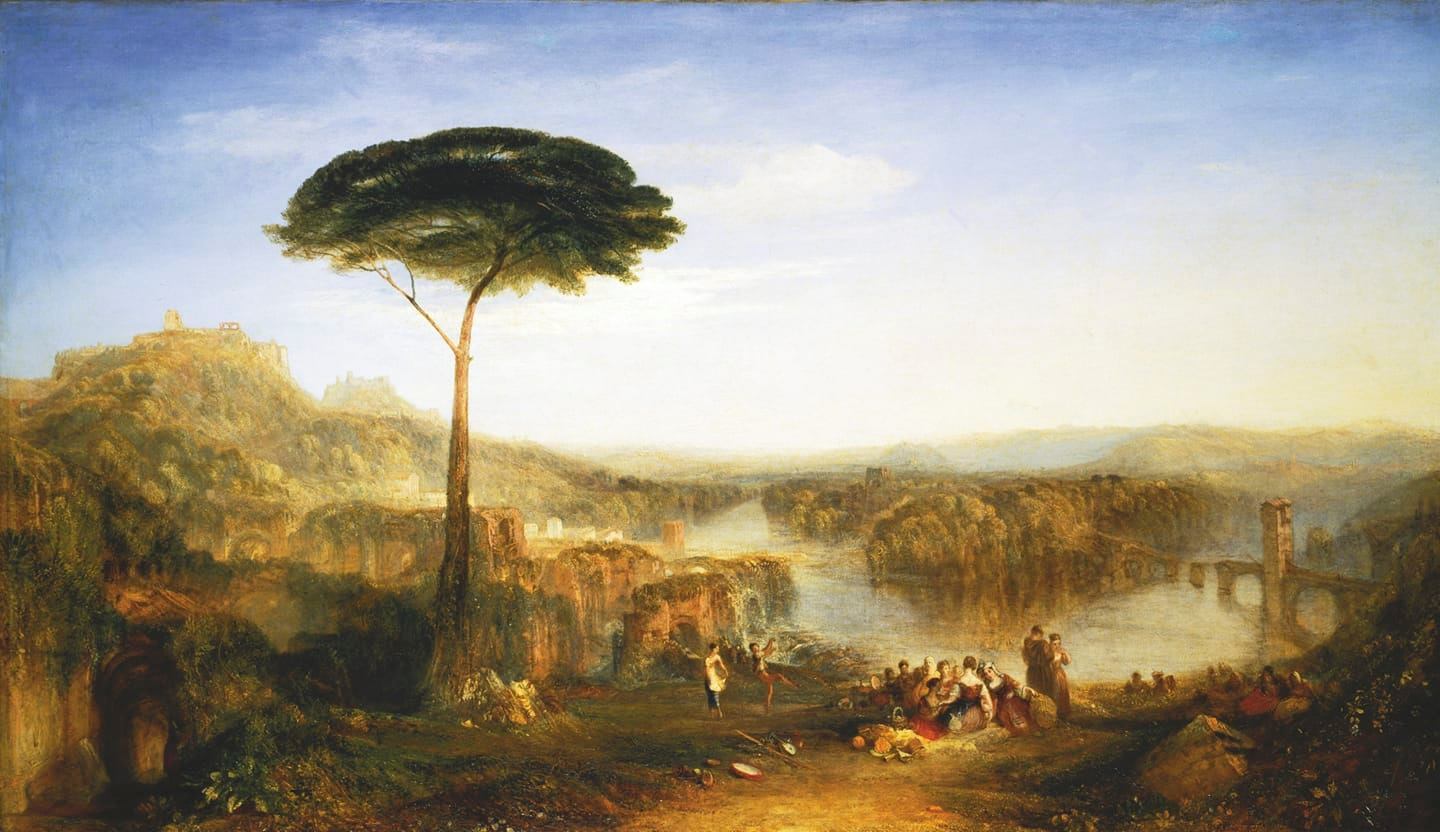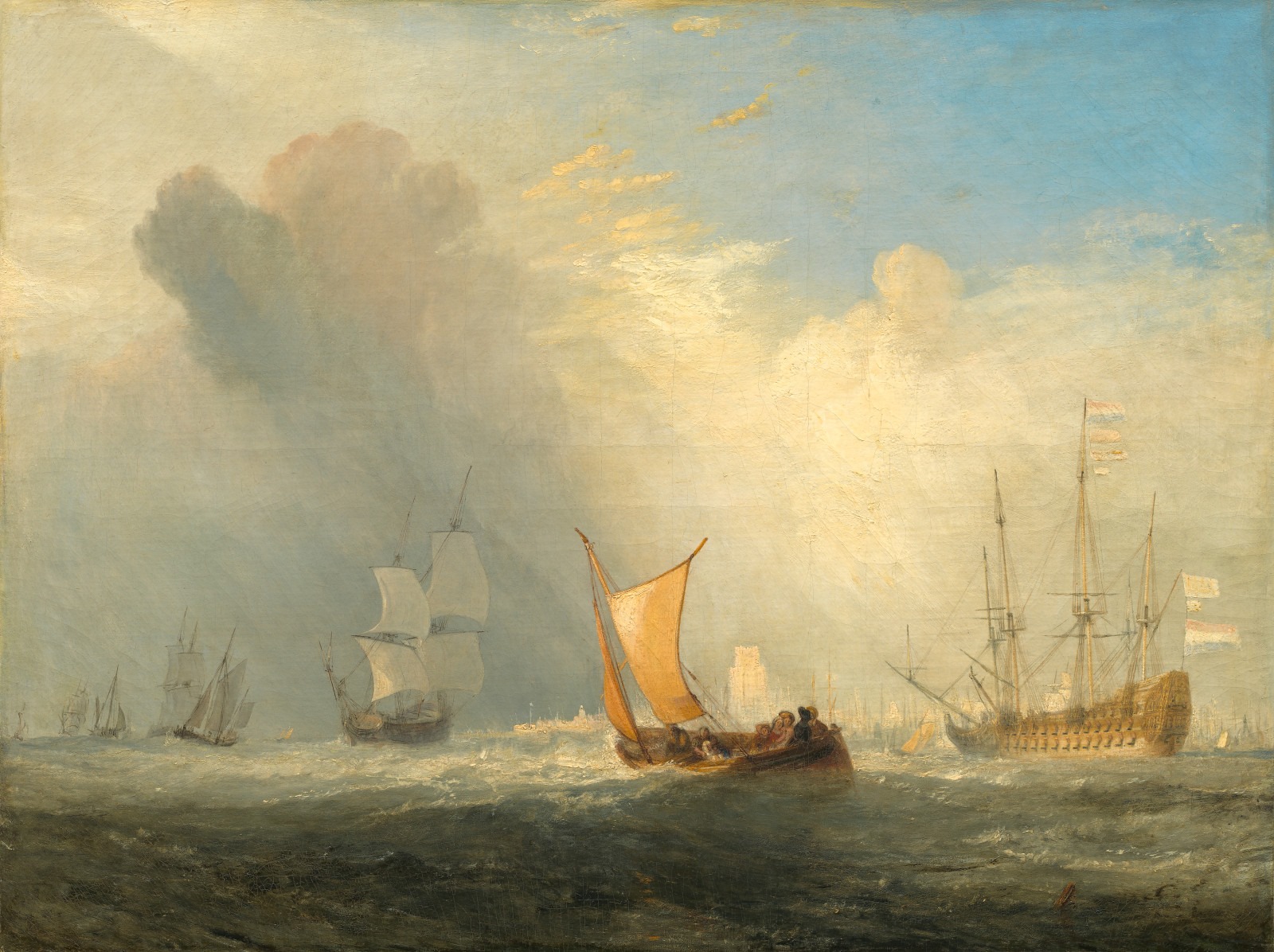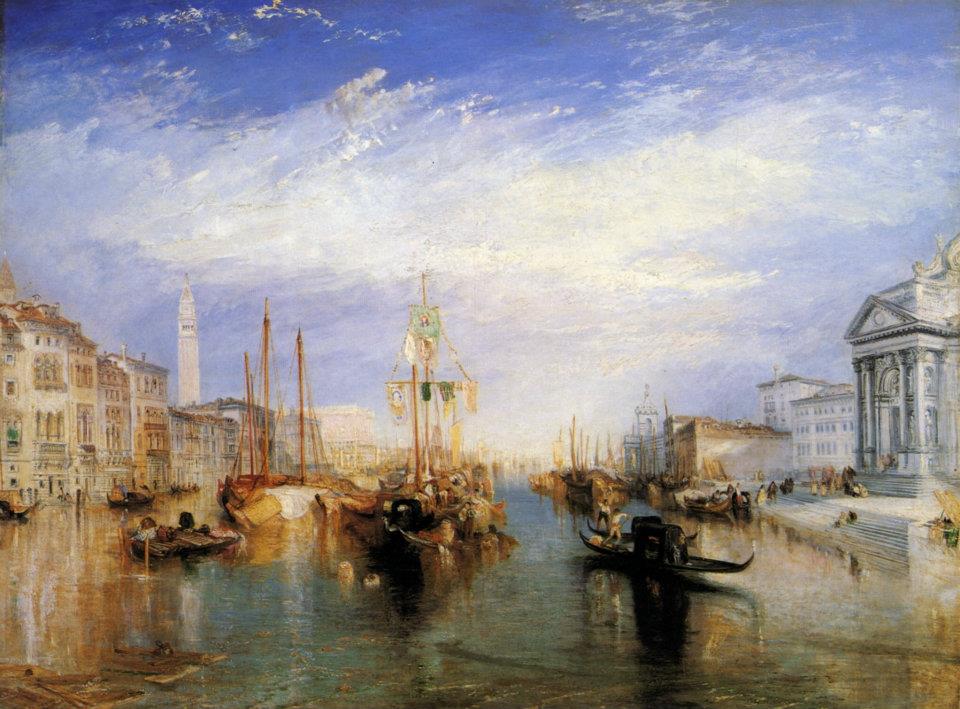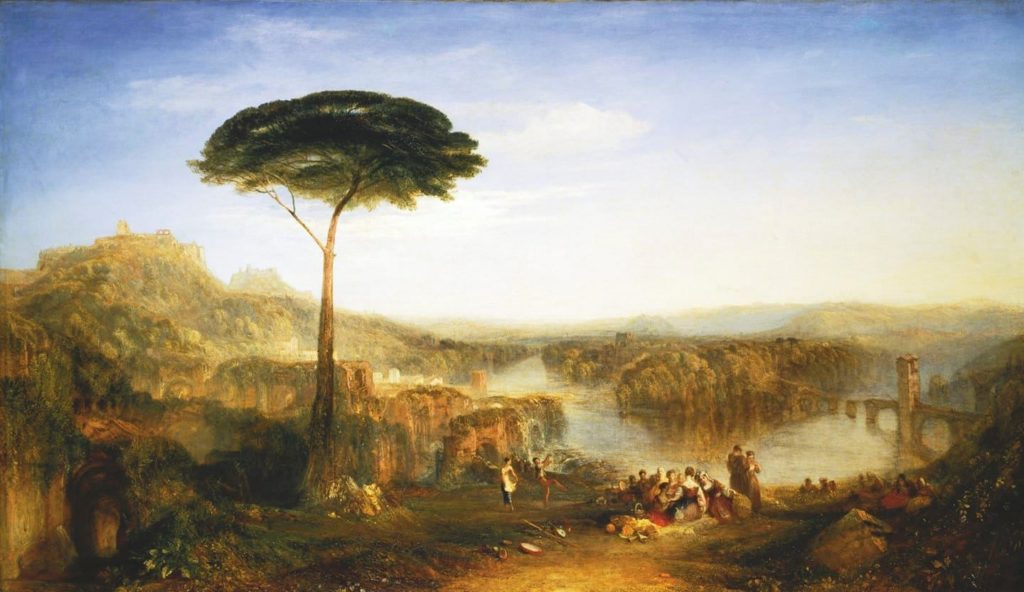With a long career behind him and relationships not always easy with critics, William Turner was a great English painter specialized in the creation of natural and often maritime environments. Let’s find out about his story from the beginning of his career.
Who was William Turner
Joseph Mallord William Turner (London, April 23, 1775 – Chelsea, December 19, 1851) was an English painter and engraver. It grows mainly with the father as the mother from her birth begins to show signs of strong mental imbalance that lead her to die prematurely. His absence marks the childhood of the little one however, he finds a loving figure in his father and ready to support him in his passion for art.
The presence of the family is of great support for William who uses his emotions to represent his art concept. To do so, however, he decides to attend a school that would also provide him with theoretical bases and so in 1789 he entered the Royal Academy of Arts in London. He began exhibiting the following year still in the midst of his adolescence.
The beginning of the artistic career
Often opt for stays in the countryside to paint landscapes and are remembered among his favorites those of Bath and Bristol.
He carries out long training periods which then see him in various destinations of the nation together with great colleagues. It comes awarded in 1793 from his academy that three years later exhibited his first canvas in oil, “Pescatori in mare”, obtaining great success.

With the advent of the new century there are more and more works on display that do not always find the critical consensus, but there is no shortage of numerous compliments from the public. Specifically, we remember “Dutch boats during a storm: fishermen trying to pull fish on board” which marks its break with the English tradition to get closer to romantic influences.
The marine works they always obtain great consensus demonstrating his winning choice to make them the preponderant theme of his pictorial production. Despite his consolidated success, he is often criticized even by influential people and so he decides to abandon his collaboration with the Royal Academy thus opening a private practice.
The start of private study and the difficulties
For his supporters it is actually a very appreciable gesture because this allows them to buy the canvases from the artist by offering him their protection and any fees. This moment of independence, however, was interrupted by the Napoleonic wars which brought with them great aridity of clients.

Turner opts for the path of the stays in different cities of the island where he returns to be inspired as at the beginning of his career. Compared to that moment, however, he is now a decidedly respected man, to the point that returns to the Royal Academy as a professor, albeit with not a few ideological clashes with respect to the idea of art.
The last great trips to Europe
In 1818 he received an important commission which led him to travel throughout Italy with the desire to deepen the theme of light and the use of color, learning from the great Italian masters. On his return to London he presented the illustrated paintings with great success, growing more in the homes of the aristocrats.

A few years later he leaves again, this time in Belgium and the Netherlands where he learns light representation techniques and the ability to represent great landscapes by artists such as Rembrandt. He then returns again to Italy and France where he gets to know the great painter Eugene Delacroix.
READ ALSO: Who was William Blake: history of the English poet
READ ALSO: Who was Claude Monet: life of the French impressionist

